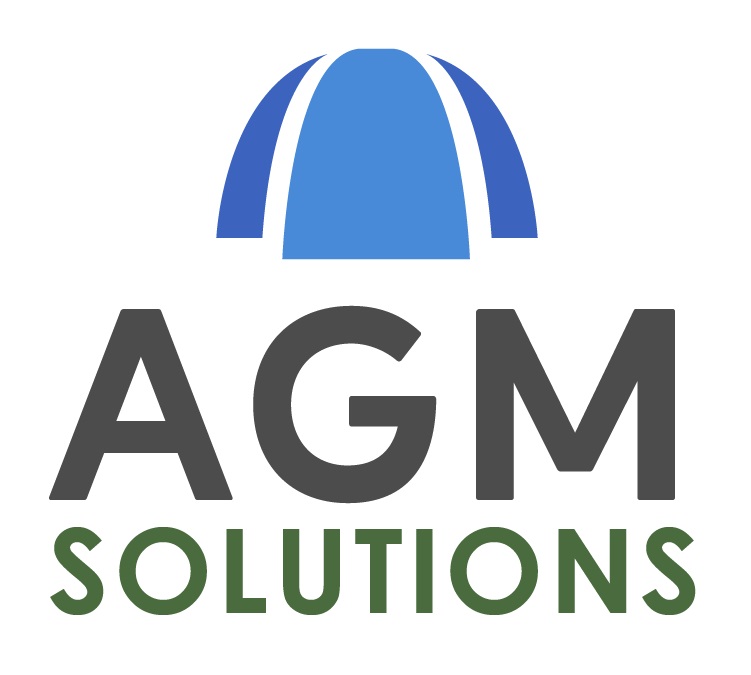
A worker was found submerged inside a half flooded deep trench which was meant for sewage pipe installation in a building under construction. He was brought to the hospital for treatment where he succumbed to his injuries.
Ministry of Manpower (MOM) had stopped all work activities at the accident scene. The occupier was instructed to review their existing work procedures related to the sewage pipe installation. Investigation is in progress.
MOM urges all occupiers to take ownership of safety and prevent workplace accidents. The Workplace Safety and Health (Risk Management) Regulations require all workplaces to conduct risk assessments to identify the source of risks, actions that should be taken and parties responsible for doing so. Safe work procedures must be instituted, communicated and implemented to ensure the safety and health of workers.
Ministry of Manpower (MOM) had stopped all work activities at the accident scene. The occupier was instructed to review their existing work procedures related to the sewage pipe installation. Investigation is in progress.
MOM urges all occupiers to take ownership of safety and prevent workplace accidents. The Workplace Safety and Health (Risk Management) Regulations require all workplaces to conduct risk assessments to identify the source of risks, actions that should be taken and parties responsible for doing so. Safe work procedures must be instituted, communicated and implemented to ensure the safety and health of workers.
Advisory Note(Please note that the following advisory note is provided for the benefit of enhancing workplace safety and health and in no way should the information be misconstrued as implying any liability on any party)
1. No person shall be permitted to enter any excavated area unless until it has been inspected and certified safe for entry by a designated person. All necessary protective measures such as sheet piling, shoring or other safeguards that may be necessary for his protection must be provided.
2. Work in open trench and excavation should stop in the event of a downpour. A designated person should check and monitor the banks and soil condition after the downpour to ascertain that it is safe to enter before allowing workers in.
3. Tools and other materials should not be placed near the edges of the trench in a manner that would endanger persons below. This could also contribute to tripping hazards where workers may trip and fall over.
4. Open sides of excavations should be guarded by adequate barricades and suitable warning signs should be put up at prominent spots.
5. Shores and braces should be of adequate dimensions for stiffness and should be placed so as to be effective for their intended purposes.
6. Safe means of access to and exit from trenches such as ladders, stairways or ramps should be provided.
7. Occupiers should develop an effective emergency plan responding to flash flood situations in trenches. There should also be set in place, a proper set of rescue procedures in trenches during an emergency.
1. No person shall be permitted to enter any excavated area unless until it has been inspected and certified safe for entry by a designated person. All necessary protective measures such as sheet piling, shoring or other safeguards that may be necessary for his protection must be provided.
2. Work in open trench and excavation should stop in the event of a downpour. A designated person should check and monitor the banks and soil condition after the downpour to ascertain that it is safe to enter before allowing workers in.
3. Tools and other materials should not be placed near the edges of the trench in a manner that would endanger persons below. This could also contribute to tripping hazards where workers may trip and fall over.
4. Open sides of excavations should be guarded by adequate barricades and suitable warning signs should be put up at prominent spots.
5. Shores and braces should be of adequate dimensions for stiffness and should be placed so as to be effective for their intended purposes.
6. Safe means of access to and exit from trenches such as ladders, stairways or ramps should be provided.
7. Occupiers should develop an effective emergency plan responding to flash flood situations in trenches. There should also be set in place, a proper set of rescue procedures in trenches during an emergency.
(Extracted from MOM OSH Alert dated 26 March 2007)




